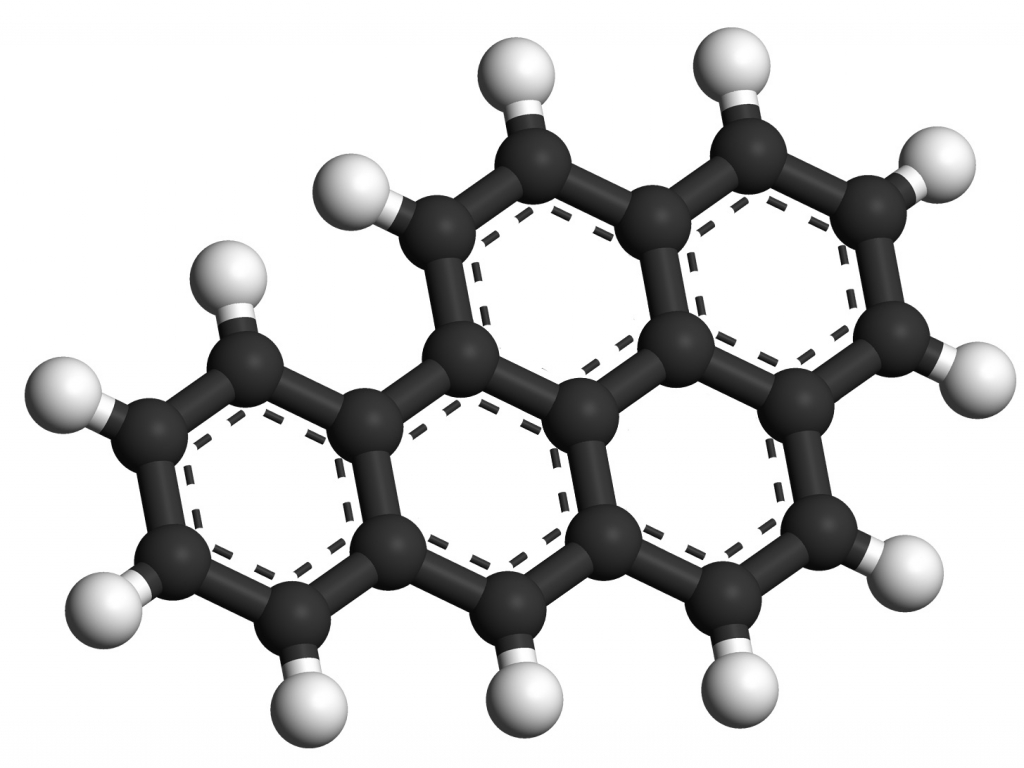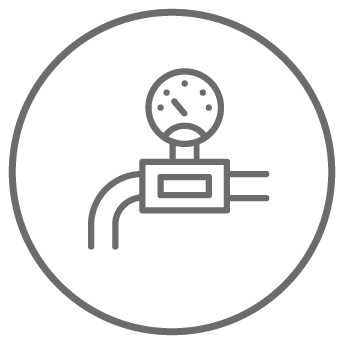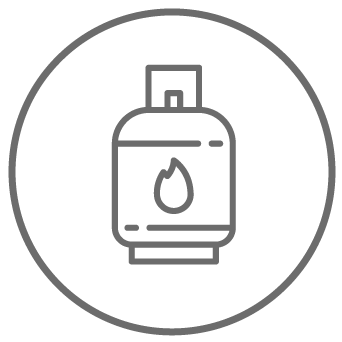Polycyclic aromatic hydrocarbons - Definition
26 Gennaio 2022

Polycyclic aromatic hydrocarbons are known by the acronym PAHs or PAHs and are hydrocarbons whose structure consists of aromatic rings like benzene. The simplest example of a polycyclic aromatic hydrocarbon is naphthalene.
In nature, polycyclic aromatic hydrocarbons are found in coal and petroleum and are important air pollutants. They are formed by anthropogenic causes during incomplete combustion of fossil fuels, lumber, fats and foliage as well as municipal waste and incense. Not only that. Polycyclic aromatic hydrocarbons are also created in high-temperature carbonization processes, such as those involved in cooking grilled meat or smoked fish.
Their dangerousness stems from the fact that they are carcinogenic and high molecular weight PAHs are found in tar, bitumen, pitch and coal and in products such as asphalt or wood soot. Low-molecular-weight PAHs are water-soluble and can eventually pollute groundwater. A curiosity: polycyclic aromatic hydrocarbons have been found in the universe in molecules and meteorites and may be the basis of reactions to generate life forms.
Toxicity of polycyclic aromatic hydrocarbons
As mentioned PAHs are compounds, found in coal and petroleum and are generated by incomplete combustion of other molecules. The result is an element that is toxic to humans, fauna and flora and is found in asphalt, bitumen and tar. The generation of polycyclic aromatic hydrocarbons also derives from the combustion of waste, tobacco, wood, charcoal and fats, all processes involved in the processing and cooking of food.
The human body comes into daily contact with polycyclic aromatic hydrocarbons due to:
-
wood burning and waste disposal;
-
smoking habits;
-
eating smoked and barbecued food.
Contrary to what one might think, diesel and gasoline vehicles are not the worst source of polycyclic aromatic hydrocarbon pollution. In fact, the top spot belongs to fireplaces and stoves that burn woody biomass, although not all PAHs are equally dangerous.
A study reveals that the most carcinogenic ones are those of fireplaces and stoves and calibrating the weight of each PAH in terms of danger and toxicity, biomass combustion generates half of the aromatic hydrocarbons present in the atmosphere with 43% of the total, followed by diesel at 36% and gasoline at 17%.
Hydrocarbons and Italian ecological transition
The European Commission has provided a series of funds for the Italian recovery plan and contributions to implement the ecological transition, which leads to encourage the extraction of hydrocarbons always in compliance with the Paris Agreement on pollution. Few people know that a large part of plastic derives from hydrocarbons.
However, there are companies such as Settala Gas that are working towards a cleaner future also and above all thanks to the research, production and marketing of hydrocarbons with a high degree of purity. The objective of Settala Gas is to promote and encourage a culture of prevention and well-being in order to build a healthy and safe environment.
Contact us to discover our hydrocarbon products for different industries.
Contact us for more information about the world of hydrocarbons!
Contact us
Last News




